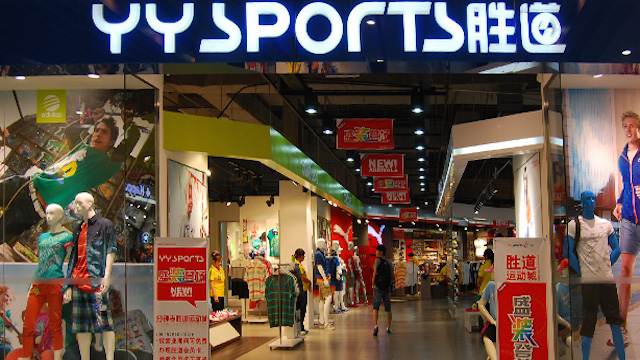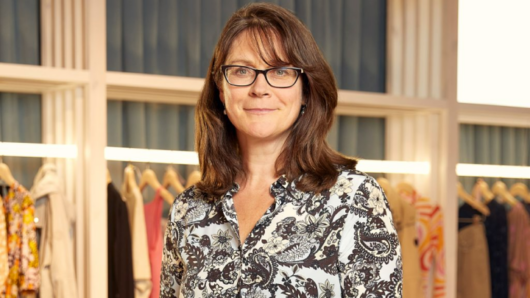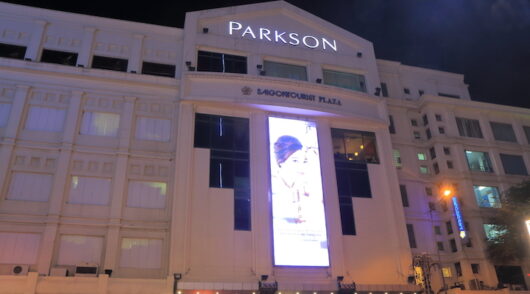Hong Kong-listed footwear manufacturer Yue Yuen Industries says it expects to move more of its manufacturing from China to other Southeast Asia countries as the US-China trade conflict shows no sign of abating.
“The US government’s plans to implement a 10-per-cent tariff on US$300 billion of exports from the PRC, which will include footwear, could further accelerate the pace of capacity migration from the PRC to Southeast Asia,” said chairman Chu Chin Lu in the management review of the company’s half-year results.
Vietnam accounted for 45 per cent of Yue Yuen’s shipments in the first half of this year and Indonesia for 38 per cent. Mainland China accounts for 13 per cent
“The group will continue to migrate its manufacturing capacity from the PRC to Southeast Asia, while being mindful of the labour supply situation in countries where we operate, especially in Vietnam,” said Lu, who is also worried that continued uncertainty surrounding both the US and China’s future trade policies may impact on consumer sentiment.
The group’s manufacturing business produced 163.2 million pairs of shoes in the six months to June 30, an increase of 2.7 per cent year on year.
The average selling price per pair was US$16.49, up by 2.2 per cent.
Sales through the company’s listed subsidiary Pou Sheng, increased by 12.3 per cent returning 1.968 billion to Yue Yuen. In RMB terms (Pou Sheng’s reporting currency), revenue during the first half of increased by 19.4 per cent.
Yue Yuen reported group revenue to $5.071 billion for the half year, up by 6.3 per cent with profit attributable to shareholders up by 10.5 per cent to US$165.9 million. Non-recurring profit was boosted by $19.1 million from the disposal of Texas Clothing Holding Corp.
Lu said the group faced several headwinds during the half other than the trade war.
“The group continued to face operational disruptions and challenges resulting from brand customers’ demands for more flexible procurement approaches and changing consumer preferences. This resulted in more volatile monthly sales orders, uneven capacity utilisation, and lower production efficiency, alongside the increased complexity and versatility of product portfolios during the period,” he said.
“To address these challenges and sustain our long-term position, we have continued to ramp-up the implementation of automated production and enhance our operating efficiency through process re-engineering to provide differentiated value-added and one-stop OEM/ODM services to customers with whom we have maintained long-term relationships. We also furthered our efforts to foster environmental sustainability, eyeing at the long-term growth viability of our business.”
The group’s athletic footwear category outperformed all other categories as a result of the global athleisure trend, accounting for 78.1 per cent of footwear manufacturing revenue in the first half of the year. Casual and outdoor shoes accounted for 19.7 per cent of footwear manufacturing revenue.






